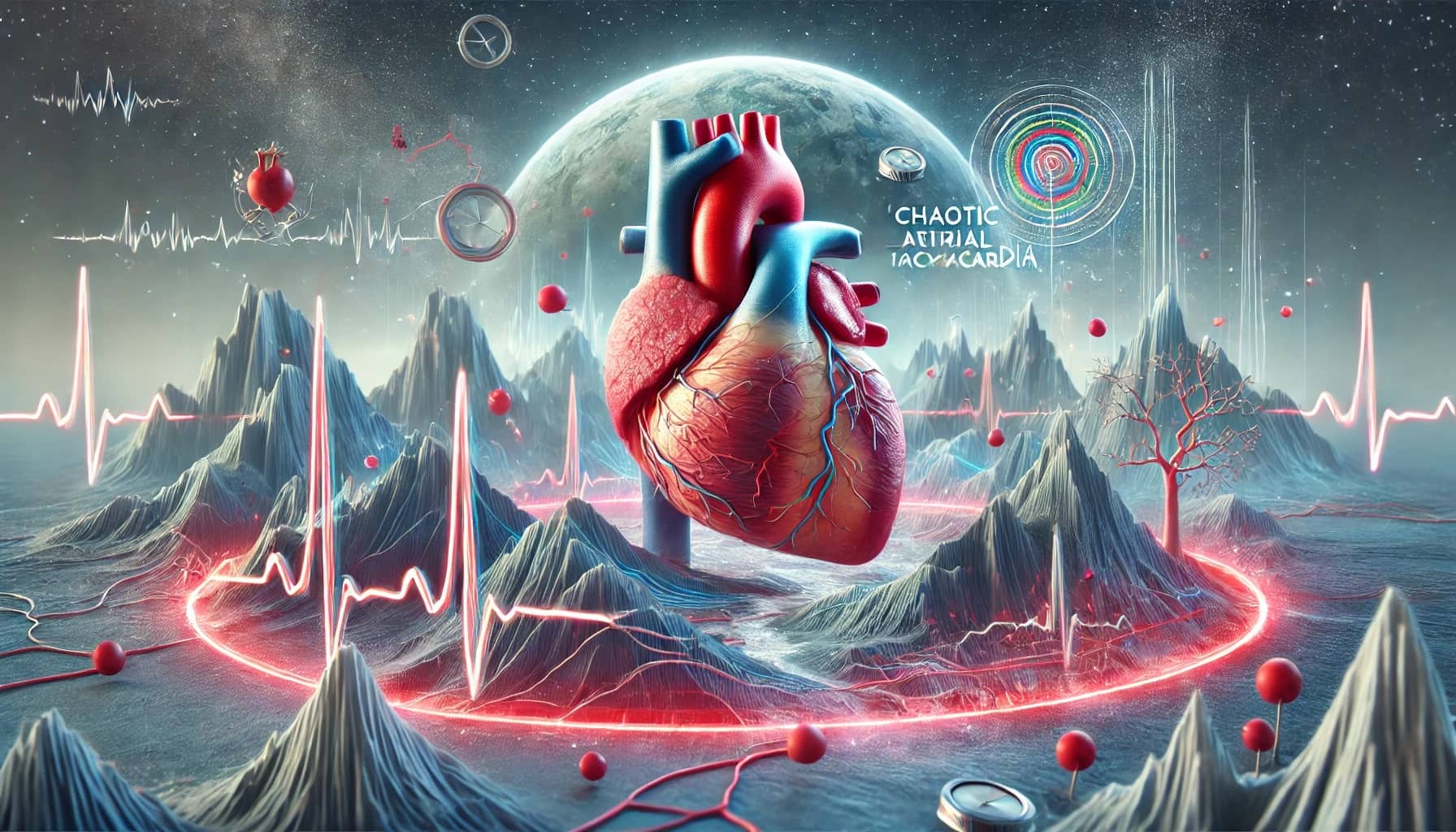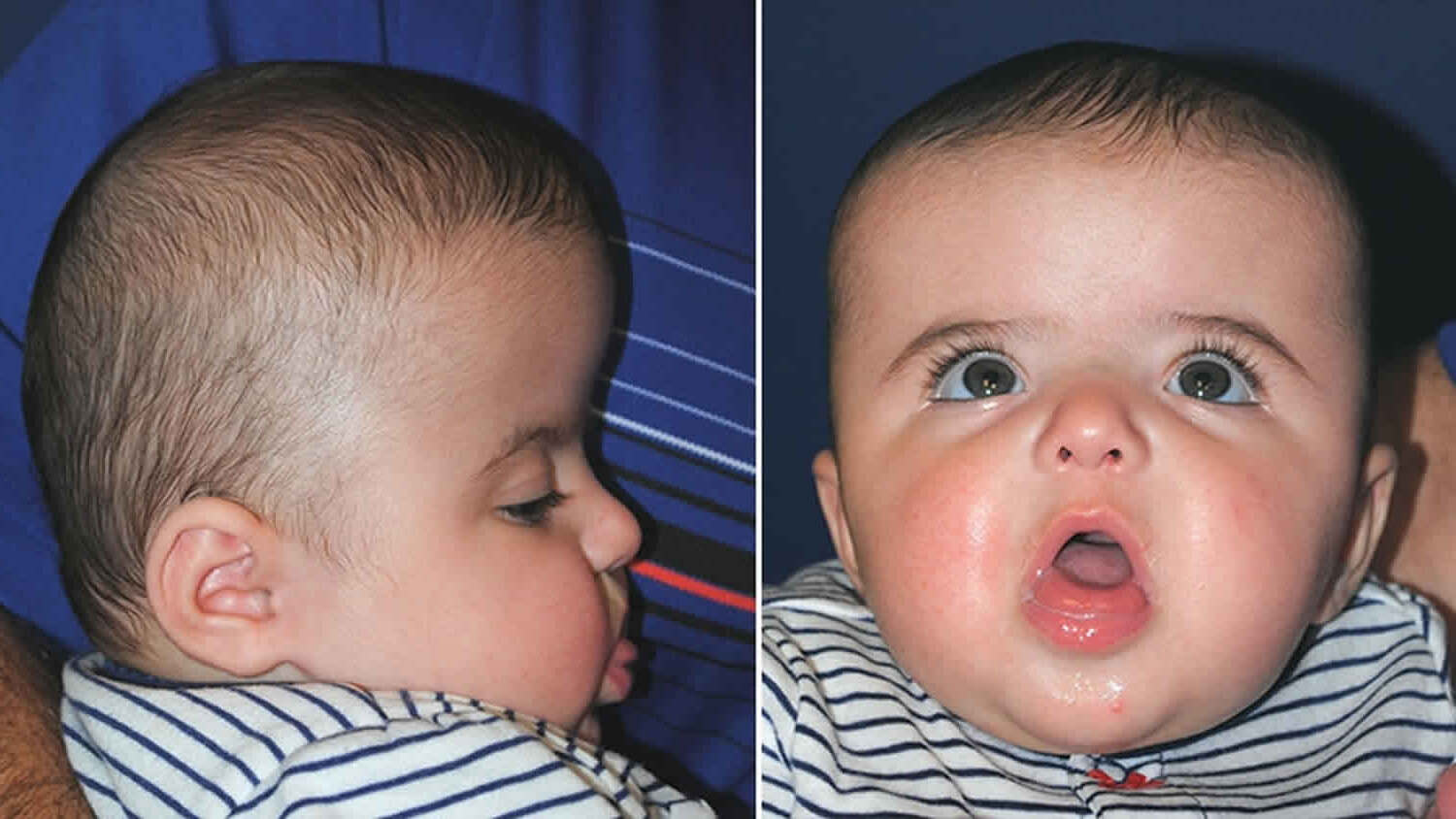
Chaotic Atrial Tachycardia (CAT), also known as multifocal atrial tachycardia (MAT), is a heart condition where the upper chambers beat rapidly and irregularly. This can lead to symptoms like palpitations, dizziness, and even fainting. CAT often arises from faulty electrical signals in the heart, sometimes linked to underlying issues like chronic obstructive pulmonary disease (COPD). While it can affect anyone, children and infants are more commonly diagnosed. Early detection and treatment are crucial to prevent complications such as cardiomyopathy and heart failure. Understanding CAT's causes, symptoms, and treatment options can help manage this complex arrhythmia effectively.
Key Takeaways:
- Chaotic Atrial Tachycardia (CAT) is a complex heart condition causing rapid and irregular heartbeats. It can be managed with medication, procedures like radiofrequency ablation, and lifestyle changes to avoid triggers.
- CAT can affect individuals of all ages, but it's more common in children and infants. Early detection and intervention are crucial to prevent long-term complications like cardiomyopathy and heart failure.
Understanding Chaotic Atrial Tachycardia
Chaotic Atrial Tachycardia (CAT) is a complex heart condition that affects the rhythm of the heart. Let's dive into some key facts to understand this condition better.
-
Definition: CAT is a type of arrhythmia characterized by rapid and irregular heartbeats originating from the atria, the upper chambers of the heart. It's often called multifocal atrial tachycardia (MAT) when multiple foci are involved.
-
Symptoms: Common symptoms include palpitations, dizziness, lightheadedness, and fainting. These can be episodic or persistent, depending on the arrhythmia's duration and frequency.
Causes and Types of CAT
Understanding what triggers CAT and its different forms can help in managing the condition effectively.
-
Causes: The exact cause varies, but it often involves faulty electrical signals or malfunctioning cells in the atria. Conditions like chronic obstructive pulmonary disease (COPD) and other lung issues can contribute.
-
Types of CAT: There are two primary types:
- Focal CAT: Starts in a specific location in the heart and is usually not dangerous unless it persists.
- Multifocal CAT: Involves multiple foci and can be easier to diagnose but harder to treat.
Pathophysiology and Diagnosis
Understanding the underlying mechanisms and how CAT is diagnosed is crucial for effective treatment.
-
Pathophysiology: CAT occurs due to abnormal electrical activity in the atria, leading to rapid and irregular heartbeats. This can be due to enhanced automaticity, triggered activity, or reentry mechanisms.
-
Diagnosis: Typically involves an electrocardiogram (ECG) to identify the irregular heart rhythm. A 12-lead ECG helps distinguish CAT from other arrhythmias like atrial fibrillation or flutter.
Treatment Options
Managing CAT often requires a combination of medication and procedures. Let's explore the treatment options available.
-
Treatment: Often includes medication to control heart rate and rhythm. Procedures like radiofrequency ablation may be necessary to block faulty heart signals. Managing underlying conditions like COPD can also help.
-
Role of Medication: Medications such as digoxin are used to control heart rate. However, caution is advised due to the risk of digitalis intoxication, which can be fatal.
-
Role of Procedures: Radiofrequency ablation is effective in blocking faulty heart signals and curing CAT, especially when medication is ineffective or not tolerated.
Age, Demographics, and Clinical Course
CAT can affect individuals of all ages, but certain demographics are more prone to it.
-
Age and Demographics: CAT can occur at any age but is more common in children and infants. A study reported ten cases in children ranging from 1 day to 18 years old, with an average age of 3.5 years.
-
Clinical Course: The duration of CAT can vary widely, but it is often self-limiting in children. However, sustained or frequent episodes can lead to complications like cardiomyopathy and heart failure.
Complications and Management Strategies
Prolonged CAT can lead to severe complications, making early detection and management crucial.
-
Complications: Prolonged or frequent episodes can lead to cardiomyopathy, weakening and damaging the heart, eventually leading to heart failure and death if untreated.
-
Management Strategies: Early detection and treatment are crucial. Lifestyle modifications like avoiding triggers such as caffeine and stress can help prevent episodes. Interprofessional team strategies are essential for coordinating care and improving outcomes.
Differential Diagnosis and Prognosis
Differentiating CAT from other arrhythmias and understanding its prognosis can guide treatment decisions.
-
Differential Diagnosis: Includes other arrhythmias like sinus tachycardia, atrial fibrillation, and ventricular tachycardia. A full workup is necessary to establish if the arrhythmia is secondary to another condition.
-
Prognosis: Generally not considered life-threatening but requires proper management to prevent long-term complications. With appropriate treatment, most patients can lead normal lives without significant cardiac issues.
Clinical Presentation and Physical Examination
Recognizing the clinical signs and conducting a thorough physical examination are key steps in diagnosing CAT.
-
Clinical Presentation: Symptoms may include palpitations, dyspnea, dizziness, lightheadedness, fatigue, and chest pressure. Severe cases can lead to syncope due to rapid heart rates and severe hypotension.
-
Physical Examination: The primary abnormal finding is a rapid pulse rate. The rate is usually regular but may be irregular in rapid atrial tachycardias with variable AV conduction and in multifocal atrial tachycardia. Low blood pressure may also be observed.
Epidemiology and Classification Methods
Understanding the prevalence and classification of CAT helps in identifying and treating the condition effectively.
-
Epidemiology: Atrial tachycardia is relatively common, with about 90,000 new cases of paroxysmal (short-lived) atrial tachycardia reported annually in the U.S.
-
Classification Methods: Can be based on endocardial activation mapping data, pathophysiologic mechanisms, and anatomy. Focal atrial tachycardia arises from a localized area in the atria, while reentrant atrial tachycardias occur in persons with structural or complex heart disease.
Pathophysiologic Mechanisms and Anatomy-Based Classification
Diving deeper into the mechanisms and anatomical classifications can provide insights into the nature of CAT.
-
Pathophysiologic Mechanisms: Can result from enhanced automaticity, triggered activity, or reentry mechanisms. Enhanced automaticity involves an increased rate of spontaneous depolarizations in the atrial tissue.
-
Anatomy-Based Classification: Focal atrial tachycardia typically arises from specific locations such as the crista terminalis, pulmonary veins, ostium of the coronary sinus, or intra-atrial septum. Reentrant atrial tachycardias most commonly occur in persons with structural or complex heart disease, particularly after surgery involving atrial incisions or scarring.
Triggered Activity and Reentrant Atrial Tachycardias
Understanding the specific mechanisms behind CAT can aid in targeted treatment approaches.
-
Triggered Activity: Delayed after-depolarizations are low-amplitude oscillations occurring at the end of the action potential. These oscillations can trigger premature atrial contractions, leading to sustained arrhythmias.
-
Reentrant Atrial Tachycardias: Typically occur in persons with structural or complex heart disease. These arrhythmias often result from scarring or surgical interventions that create reentrant circuits.
Multifocal Atrial Tachycardia (MAT)
MAT is a specific type of CAT with unique characteristics and underlying causes.
- Multifocal Atrial Tachycardia (MAT): Characterized by an irregular atrial rate greater than 100 bpm. It is often associated with multiple morphologically distinct P waves and irregular P-P intervals. MAT can be caused by various underlying conditions such as pulmonary, cardiac, metabolic, and endocrinopathic disorders. COPD is the most common underlying disease process in MAT.
Clinical Course and Management in Children
CAT in children often follows a different course and requires tailored management strategies.
-
Clinical Course in Children: Often self-limiting and well-tolerated. However, prolonged or frequent episodes can lead to complications. A study reported that nine out of ten children treated with digoxin showed no beneficial effect, and one child died possibly due to digitalis intoxication.
-
Management in Children: Strategies include avoiding triggers like caffeine and stress. Lifestyle modifications and interprofessional team strategies are essential for coordinating care and improving outcomes. In some cases, procedures like radiofrequency ablation may be necessary.
Role of Radiofrequency Ablation and Complications of Untreated CAT
Advanced procedures and the risks of untreated CAT highlight the importance of timely intervention.
-
Role of Radiofrequency Ablation: An effective procedure for treating CAT. It involves using radiofrequency energy to destroy the abnormal electrical pathways in the heart, thereby curing the arrhythmia. This method is particularly useful in cases where medication is ineffective or not tolerated.
-
Complications of Untreated CAT: Can lead to significant complications. Prolonged or frequent episodes can result in cardiomyopathy, weakening and damaging the heart. This can eventually lead to heart failure and death if left untreated.
Conclusion
Understanding chaotic atrial tachycardia is crucial for effective management and treatment. Early detection and intervention can significantly improve outcomes and prevent long-term complications.
Final Thoughts on Chaotic Atrial Tachycardia
Chaotic atrial tachycardia (CAT) is a complex heart rhythm disorder that can affect anyone, though it's more common in children and those with underlying conditions like COPD. Recognizing the symptoms—palpitations, dizziness, and lightheadedness—is crucial for timely diagnosis and treatment. Treatment options range from medications to procedures like radiofrequency ablation, which can effectively manage or even cure the condition. Early detection and lifestyle changes, such as avoiding caffeine and stress, can significantly improve outcomes. While CAT isn't usually life-threatening, untreated cases can lead to serious complications like cardiomyopathy and heart failure. Understanding CAT's causes, symptoms, and treatments helps in managing the condition effectively, ensuring a better quality of life for those affected.
Frequently Asked Questions
Was this page helpful?
Our commitment to delivering trustworthy and engaging content is at the heart of what we do. Each fact on our site is contributed by real users like you, bringing a wealth of diverse insights and information. To ensure the highest standards of accuracy and reliability, our dedicated editors meticulously review each submission. This process guarantees that the facts we share are not only fascinating but also credible. Trust in our commitment to quality and authenticity as you explore and learn with us.


